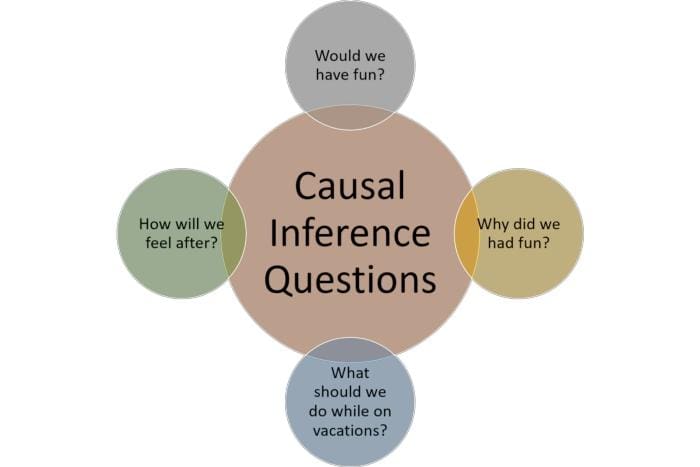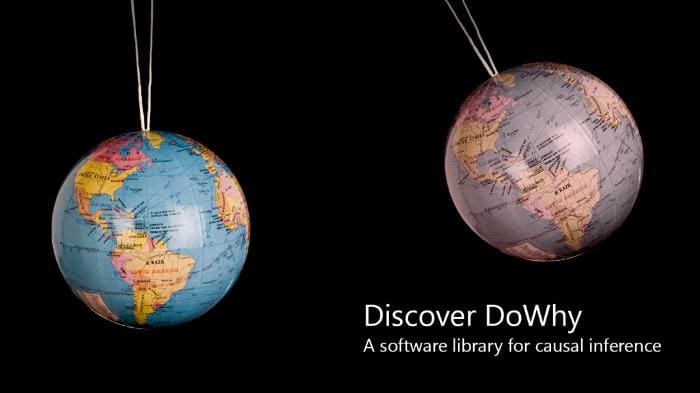I recently started a new newsletter focus on AI education. TheSequence is a no-BS( meaning no hype, no news etc) AI-focused newsletter that takes 5 minutes to read. The goal is to keep you up to date with machine learning projects, research papers and concepts. Please give it a try by subscribing below:
The human mind has a remarkable ability to associate causes with a specific event. From the outcome of an election to an object dropping on the floor, we are constantly associating chains of events that cause a specific effect. Neuropsychology refers to this cognitive ability as causal reasoning. Computer science and economics study a specific form of causal reasoning known as causal inference which focuses on exploring relationships between two observed variables. Over the years, machine learning has produced many methods for causal inference but they remain mostly difficult to use in mainstream applications. Recently, Microsoft Research open sourced DoWhy, a framework for causal thinking and analysis.
The challenge with causal inference is not that is a new discipline, quite the opposite, but that the current methods represent a very small and simplistic version of causal reasoning. Most models that try to connect causes such as linear regression rely on empirical analysis that makes some assumption about the data. Pure causal inference relies on counterfactual analysis which is a closer representation to how humans make decisions. Imagine a scenario in which you are traveling with your families for vacations to an unknown destination. Before and after the vacation you are wrestling with a few counterfactual questions:

Answering these questions is the focus of causal inference. Unlike supervised learning, causal inference depends on estimation of unobserved quantities. This if often known as the “fundamental problem” of causal inference which implies that a model never has a purely objective evaluation through a held-out test set. In our vacation example, you can either observe the effects on going on vacation or not going on vacations but never both. This challenge forces causal inference to make critical assumptions about the data generation process. Traditional machine learning frameworks for causal inference try to take shortcuts around the “fundamental problem” resulting on a very frustrating experience for data scientists and developers.
Introducing DoWhy
Microsoft’s DoWhy_ is a Python-based library for causal inference and analysis that attempts to streamline the adoption of causal reasoning in machine learning applications. Inspired by Judea Pearl’s do-calculus for causal inference, DoWhy combines several causal inference methods under a simple programming model that removes many of the complexities of traditional approaches. Compared to its predecessors, DoWhy makes three key contributions to the implementation of causal inference models._
- Provides a principled way of modeling a given problem as a causal graph so that all assumptions explicit.
- Provides a unified interface for many popular causal inference methods, combining the two major frameworks of graphical models and potential outcomes.
- Automatically tests for the validity of assumptions if possible and assesses robustness of the estimate to violations.
#2020 aug tutorials # overviews #causality #inference #machine learning #microsoft
